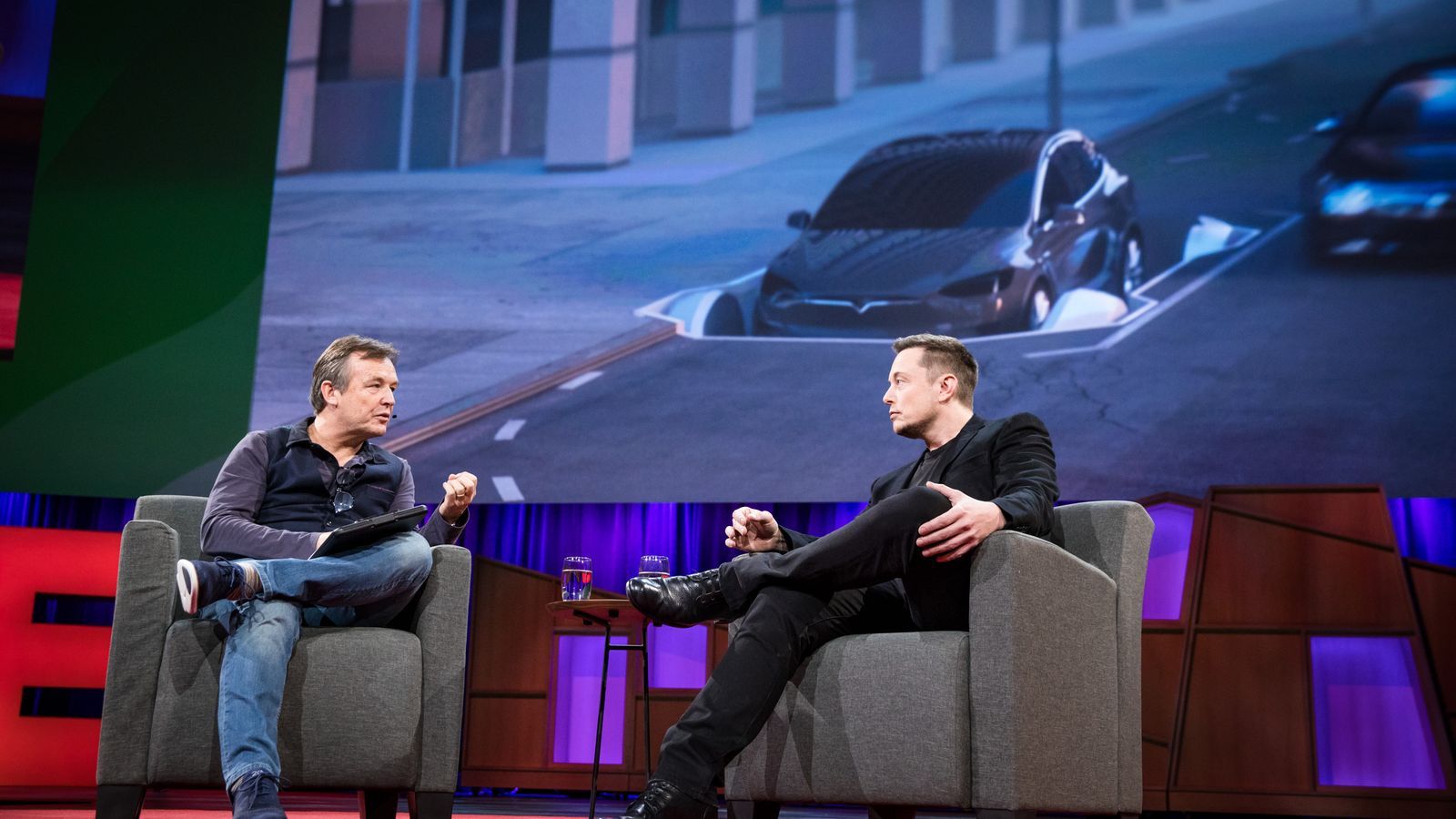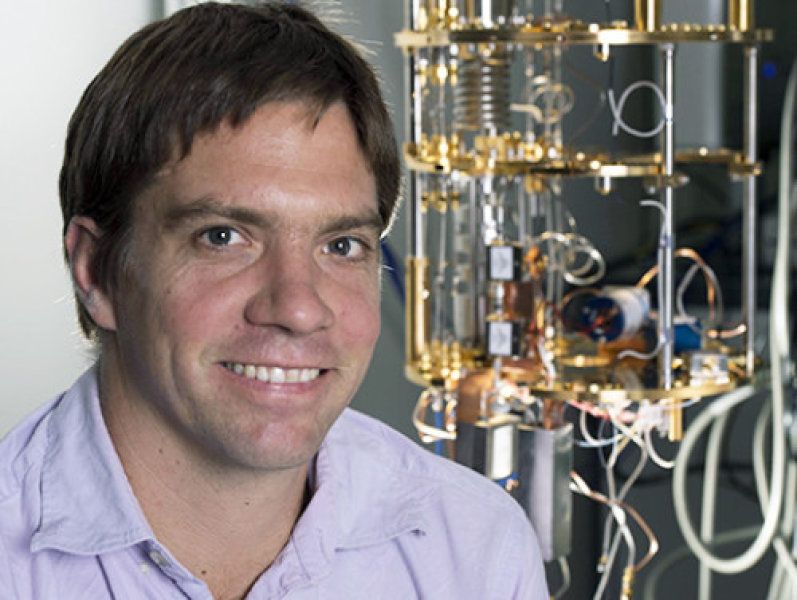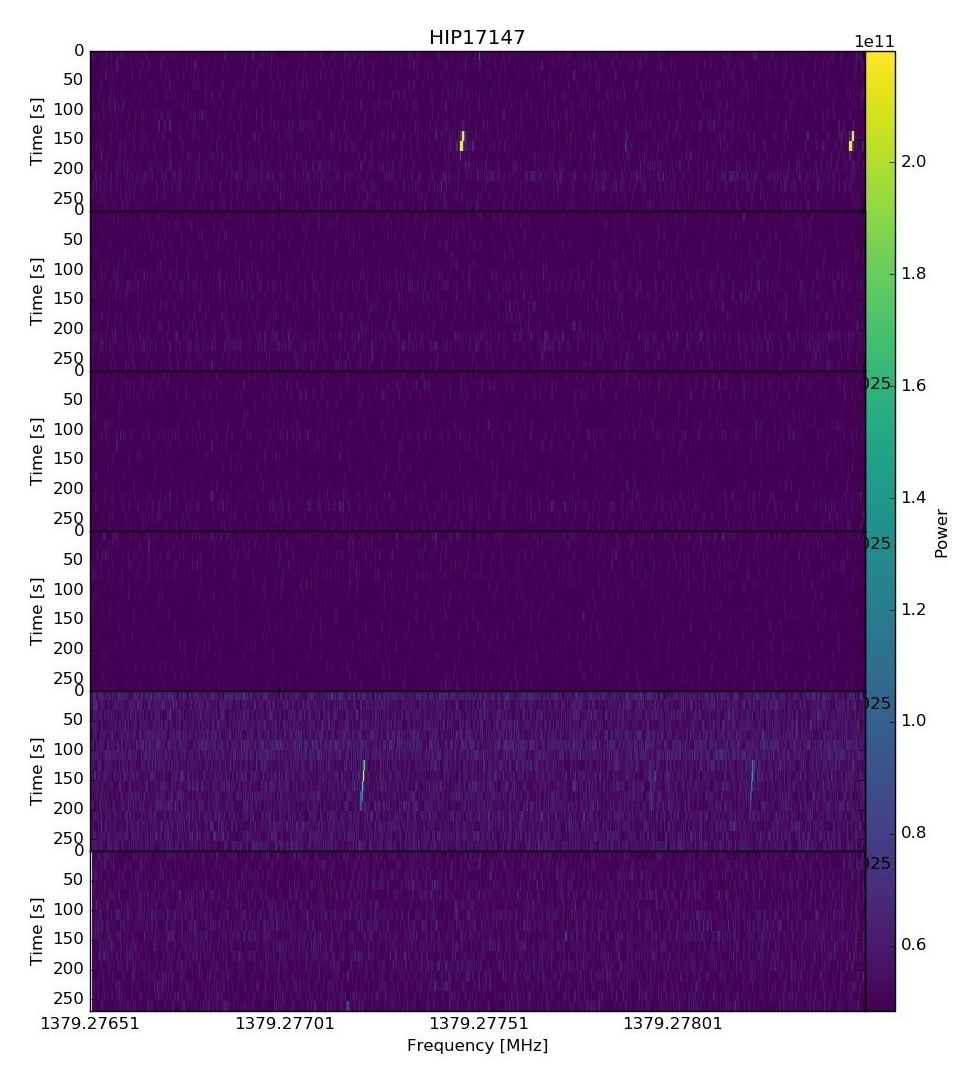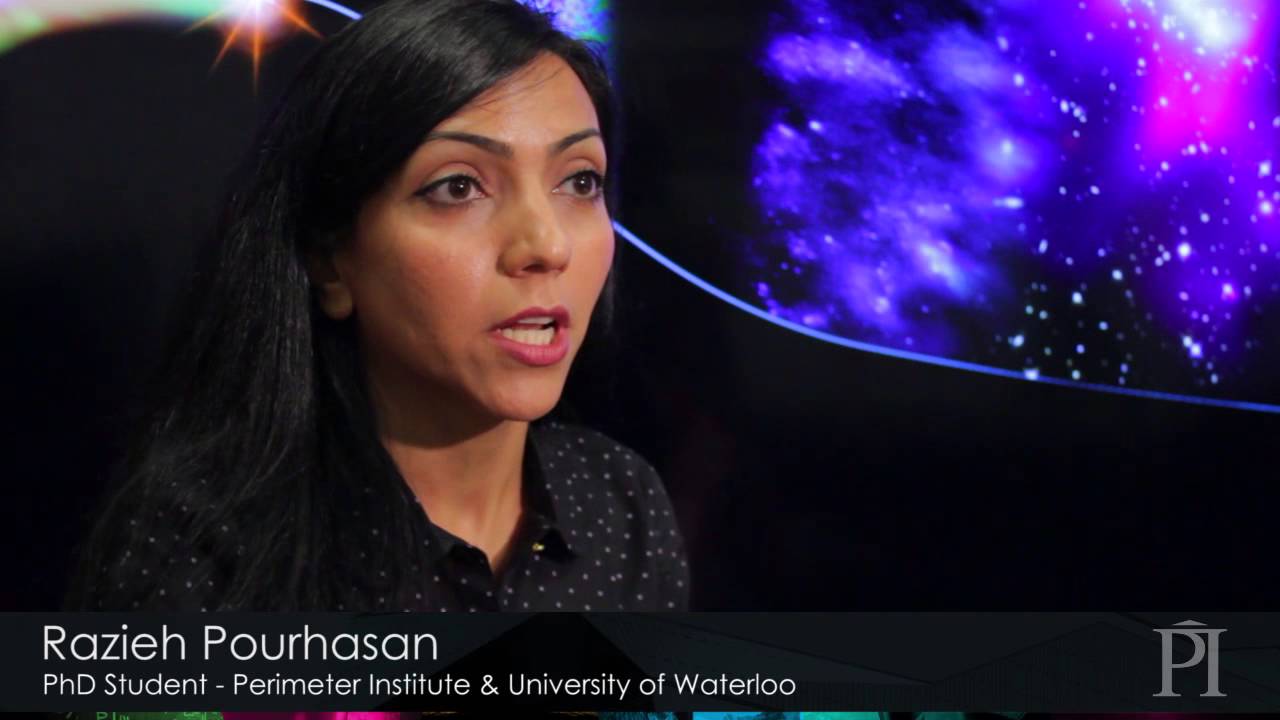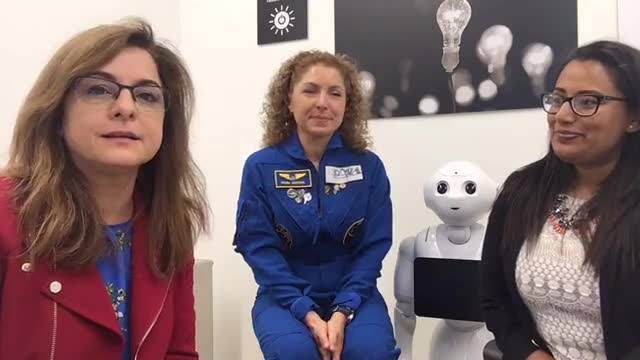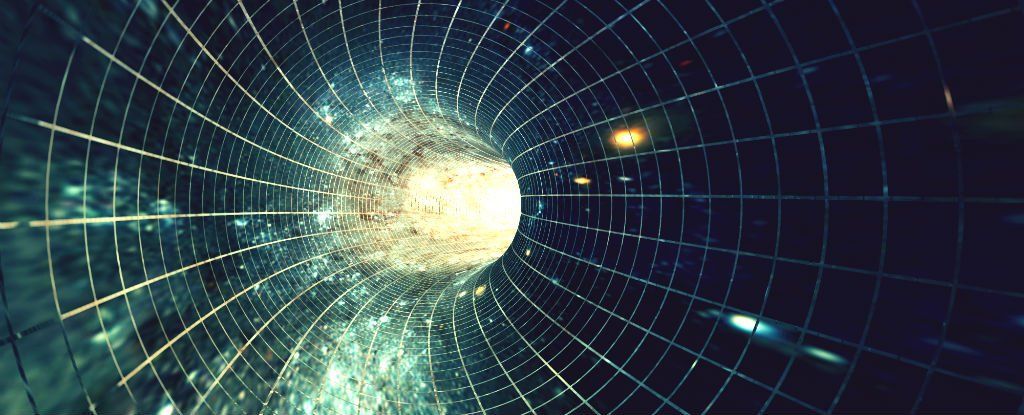Cars will be lowered into the tunnel from the roads on what Musk calls a car “skate.”
We’re so used to murder mysteries that we don’t even notice how mystery authors play with time. Typically the murder occurs well before the midpoint of the book, but there is an information blackout at that point and the reader learns what happened then only on the last page.
If the last page were ripped out of the book, physicist Kater Murch, PhD, said, would the reader be better off guessing what happened by reading only up to the fatal incident or by reading the entire book?
The answer, so obvious in the case of the murder mystery, is less so in world of quantum mechanics, where indeterminacy is fundamental rather than contrived for our reading pleasure.
Most significant events list for Milner’s Breakthrough Listen (SETI) project. This is 11 of the highest statistical significance events that they’ve recorded.
They’ve said these will mostly prove to be local interference of various sorts. They just haven’t excluded them yet.
A lot of them are 1380 Mhz, which is a common frequency for surveillance video cams (I looked it up).
Siegel explains how this is possible:
“As the black hole first formed, the event horizon first came to be, then rapidly expanded and continued to grow as more matter continued to fall in. If you were to put a coordinate grid down on this two-dimensional wrapping, you’d find that it originated where the gridlines were very close together, then expanded rapidly as the black hole formed, and then expanded more and more slowly as matter fell in at a much lower rate. This matches, at least conceptually, what we observe for the expansion rate of our three-dimensional universe.”
Would this mean that each time a black hole is formed, a two-dimensional universe spawns? Siegel comments: “As crazy as it sounds, the answer appears to be maybe.”
It’s at the opening evening reception. I’m also giving a formal 45-min talk tomorrow at 1:30PM. Join me at the Santa Clara Marriot in San Jose for the convention. https://ca.lp.org/speakers/ www.zoltanistvan.com
Physicists have come up with what they claim is a mathematical model of a theoretical “time machine” — a box that can move backwards and forwards through time and space.
The trick, they say, is to use the curvature of space-time in the Universe to bend time into a circle for hypothetical passengers sitting in the box, and that circle allows them to skip into the future and the past.
“People think of time travel as something as fiction. And we tend to think it’s not possible because we don’t actually do it,” says theoretical physicist and mathematician, Ben Tippett, from the University of British Columbia in Canada.
MICROSOFT WILL BUILD computers even more sleek and beautiful than Apple’s. Robots will 3D-print cool shoes that are personalized just for you. (And you’ll get them in just a few short days.) Neural networks will take over medical diagnostics, and Snapchat will try to take over the entire world. The women and men in these pages are the technical, creative, idealistic visionaries who are bringing the future to your doorstep. You might not recognize their names—they’re too busy working to court the spotlight—but you’ll soon hear about them a lot. They represent the best of what’s next.
You might not recognize their names—they’re too busy working to court the spotlight—but you’ll soon hear about them a lot. They represent what’s next.
“The space race has changed since the Soviet Union sent Sputnik 1, the first man-made satellite, into space in 1957. The fight for domination is now between private companies rather than governments.”
